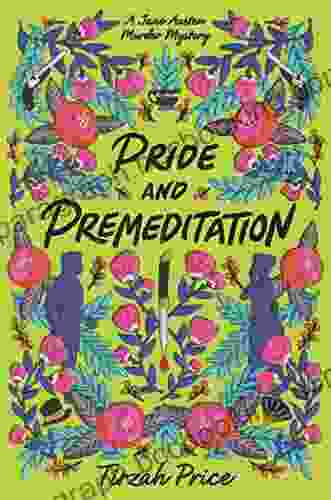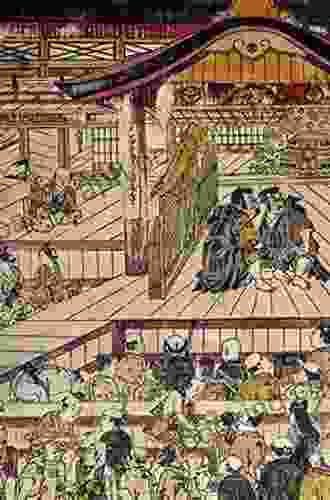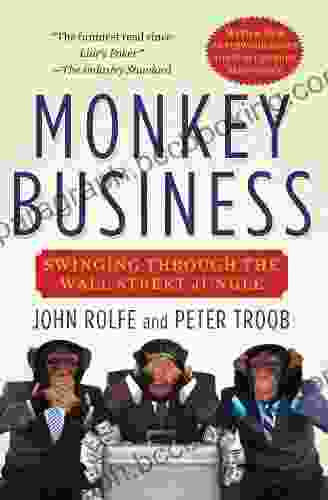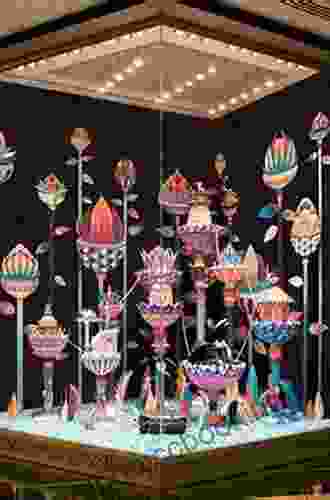History of Japanese Theatre: A Timeless Tapestry of Art and Tradition


5 out of 5
| Language | : | English |
| File size | : | 36405 KB |
| Text-to-Speech | : | Enabled |
| Screen Reader | : | Supported |
| Enhanced typesetting | : | Enabled |
| Print length | : | 550 pages |
Japanese theatre, with its ancient roots and enduring legacy, is a vibrant and multifaceted art form that has captivated audiences for centuries. From the highly stylized traditions of Noh and Kabuki to the innovative productions of contemporary theatre, Japanese theatre offers a unique blend of performance, music, dance, and visual spectacle. In this historical exploration, we will delve into the rich tapestry of Japanese theatre, tracing its origins, examining its key genres, and exploring its profound cultural significance.
Ancient Origins: The Birth of Noh and Kyogen
The earliest forms of Japanese theatre emerged during the Heian period (794-1185 AD) in the form of ritual performances and folk entertainment. By the 14th century, two distinct genres had emerged: Noh and Kyogen. Noh, a highly ritualized and symbolic form of theatre, is characterized by its slow, deliberate movements, elaborate costumes and masks, and poetic dialogue. Kyogen, on the other hand, is a comic interlude that provides a humorous contrast to the seriousness of Noh. Together, Noh and Kyogen formed the foundation of classical Japanese theatre and continue to be performed today.
Kabuki: A Dynamic and Popular Theatre
In the early 17th century, a new genre of theatre emerged that would become one of the most popular and recognizable forms of Japanese theatre: Kabuki. Kabuki, with its flamboyant costumes, exaggerated makeup, and dynamic stage action, evolved from street performances and quickly gained popularity among the common people. Kabuki is known for its elaborate musical accompaniment, including the distinctive Shamisen (a three-stringed instrument),and its highly expressive acting style.
Bunraku: The Art of Puppet Theatre
Another unique form of Japanese theatre is Bunraku, or puppet theatre. Bunraku, which originated in the late 16th century, is a highly stylized form of puppetry in which each puppet is manipulated by three puppeteers, one for the head and right arm, one for the left arm, and one for the legs. Bunraku performances are known for their intricate puppet designs, complex movements, and dramatic narratives that often explore themes of love, loyalty, and sacrifice.
Contemporary Japanese Theatre: Breaking New Ground
In the 20th and 21st centuries, Japanese theatre has undergone significant innovation and experimentation. Contemporary Japanese theatre encompasses a wide range of styles and genres, from traditional forms such as Noh and Kabuki to avant-garde and experimental productions. Influenced by Western theatre and contemporary dance, contemporary Japanese theatre often challenges conventional theatrical conventions and explores new modes of expression.
Cultural Significance: Theatre as a Reflection of Japanese Culture
Japanese theatre is not merely an art form but also a reflection of Japanese culture and society. The themes, characters, and performance practices of Japanese theatre often draw upon traditional Japanese values, beliefs, and aesthetic sensibilities. Through its exploration of human relationships, moral dilemmas, and historical events, Japanese theatre provides a mirror into the soul of Japanese culture and allows audiences to gain a deeper understanding of Japanese society.
The history of Japanese theatre is a rich and vibrant tapestry of art, tradition, and cultural expression. From the ancient rituals of Noh to the dynamic spectacle of Kabuki, from the delicate artistry of Bunraku to the innovative productions of contemporary theatre, Japanese theatre continues to evolve and enchant audiences worldwide. This historical exploration has provided a glimpse into the fascinating world of Japanese theatre, inviting readers to discover its timeless allure and profound cultural significance.
5 out of 5
| Language | : | English |
| File size | : | 36405 KB |
| Text-to-Speech | : | Enabled |
| Screen Reader | : | Supported |
| Enhanced typesetting | : | Enabled |
| Print length | : | 550 pages |
Do you want to contribute by writing guest posts on this blog?
Please contact us and send us a resume of previous articles that you have written.
 Book
Book Novel
Novel Page
Page Chapter
Chapter Text
Text Story
Story Genre
Genre Reader
Reader Library
Library Paperback
Paperback E-book
E-book Magazine
Magazine Newspaper
Newspaper Paragraph
Paragraph Sentence
Sentence Bookmark
Bookmark Shelf
Shelf Glossary
Glossary Bibliography
Bibliography Foreword
Foreword Preface
Preface Synopsis
Synopsis Annotation
Annotation Footnote
Footnote Manuscript
Manuscript Scroll
Scroll Codex
Codex Tome
Tome Bestseller
Bestseller Classics
Classics Library card
Library card Narrative
Narrative Biography
Biography Autobiography
Autobiography Memoir
Memoir Reference
Reference Encyclopedia
Encyclopedia Margot Mifflin
Margot Mifflin Lisa Harris
Lisa Harris Liz Carmack
Liz Carmack Josie Siler
Josie Siler John Rhea
John Rhea Jpinsiders
Jpinsiders Michael Schuman
Michael Schuman Kamran Talattof
Kamran Talattof Nina Munk
Nina Munk Judd Winick
Judd Winick Mark Minervini
Mark Minervini Murasaki Shikibu
Murasaki Shikibu M J Smith
M J Smith Juan Williams
Juan Williams Benjamin R Justesen
Benjamin R Justesen Sheila Weller
Sheila Weller Stuart Williams
Stuart Williams Thomas J Neff
Thomas J Neff Joshua Armstrong
Joshua Armstrong Lyndsey Hookway
Lyndsey Hookway
Light bulbAdvertise smarter! Our strategic ad space ensures maximum exposure. Reserve your spot today!

 Darren NelsonStatistical Reasoning in Sports: The Ultimate Guide to Unraveling the Secrets...
Darren NelsonStatistical Reasoning in Sports: The Ultimate Guide to Unraveling the Secrets... Victor TurnerFollow ·16.4k
Victor TurnerFollow ·16.4k Kenzaburō ŌeFollow ·3.5k
Kenzaburō ŌeFollow ·3.5k Peter CarterFollow ·14.8k
Peter CarterFollow ·14.8k Emilio CoxFollow ·4.3k
Emilio CoxFollow ·4.3k Shane BlairFollow ·9.9k
Shane BlairFollow ·9.9k Eugene PowellFollow ·19.9k
Eugene PowellFollow ·19.9k Edward ReedFollow ·19.2k
Edward ReedFollow ·19.2k Jesus MitchellFollow ·9.2k
Jesus MitchellFollow ·9.2k

 Joseph Foster
Joseph FosterUnravel the Enigmatic Murders in "Pride and...
Dive into a World...

 Jeffery Bell
Jeffery BellTrauma-Focused CBT for Children and Adolescents: The...
Trauma is a...

 Jorge Luis Borges
Jorge Luis BorgesSense and Second Degree Murder: A Jane Austen Murder...
Prepare yourself for a...

 Chase Simmons
Chase SimmonsUnleash the Vibrant World of Watercolor: An Enchanting...
In the world of art, watercolor painting...

 Rubén Darío
Rubén DaríoAmerican Funny Animal Comics In The 20th Century: A...
Step into a bygone era of laughter and...
5 out of 5
| Language | : | English |
| File size | : | 36405 KB |
| Text-to-Speech | : | Enabled |
| Screen Reader | : | Supported |
| Enhanced typesetting | : | Enabled |
| Print length | : | 550 pages |












